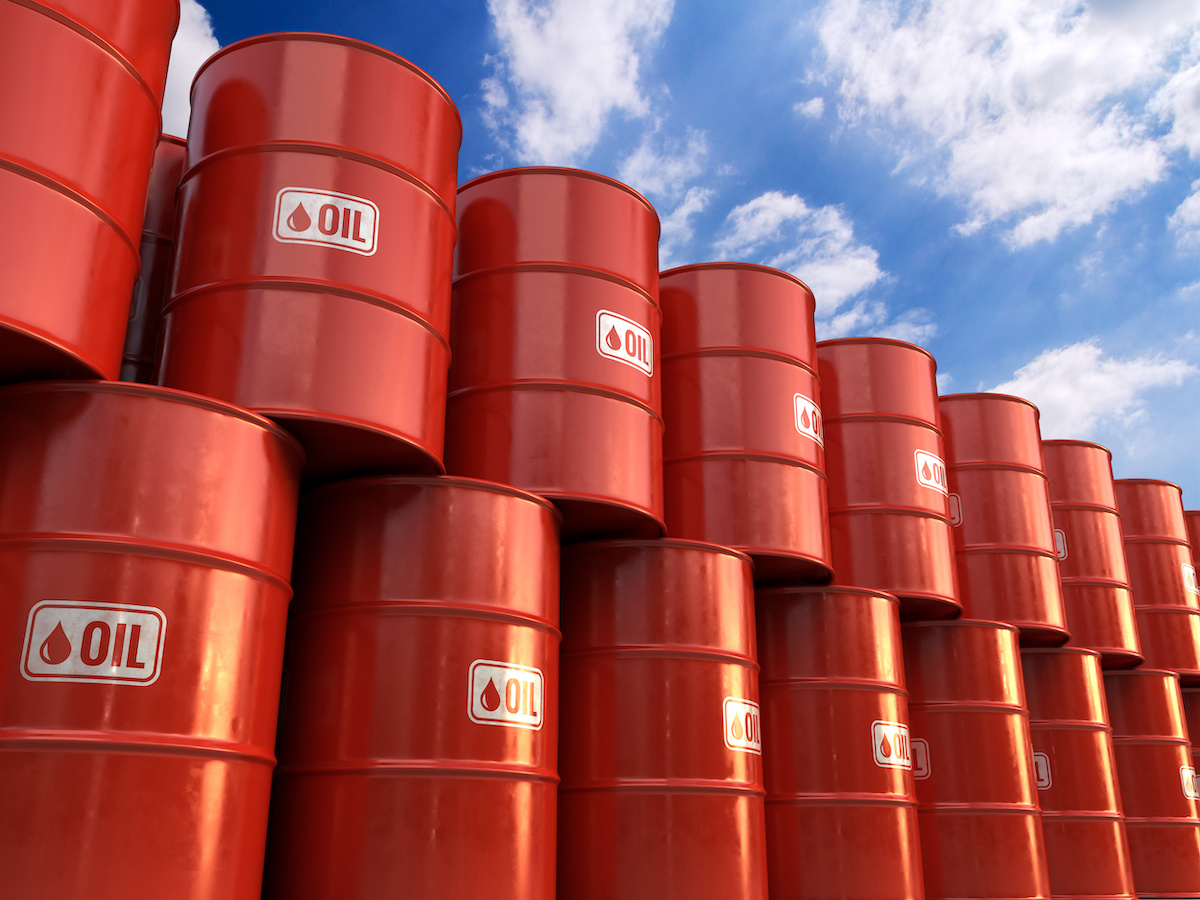June 2014 saw the first shipment of tar sands crude to reach Europe and several shipments followed after this. Not all refineries are able to handle it.
This map of EU refineries highlights which EU refineries would be the most likely to receive tar sands crude. In addition, tar sands crude is already being used by US refineries, notably in the Gulf of Mexico, from where refined products, such as diesel, are being shipped to Europe.
However, since there is currently no transparency on the type of crude oil used in the petroleum products that Europe imports, it is very difficult to have a clear idea of how much tar sands enters Europe overall.
Key statistics
| EU transport emissions (2016) | Transport has become the single biggest emitter of greenhouse gases in Europe. |
| EU’s oil dependency | In 2018 imports accounted for 96% of the EU’s oil supply and total spending on crude oil imports in the EU was €211bn. |
| The Fuel Quality Directive (FQD) | The FQD requires fuel suppliers to decrease by 6% the carbon intensity of transport fuels by 2020. It achieves this by assigning different carbon values to different fuels based on their carbon intensity from extraction to end use (well to wheel). |
| EU fuels’ carbon footprint (2018) | In 2018, the average GHG intensity of transport fuels was only 2.1 % lower than in 2010, when taking into account ILUC impacts (and 3.7% without ILUC). (EEA data) |
